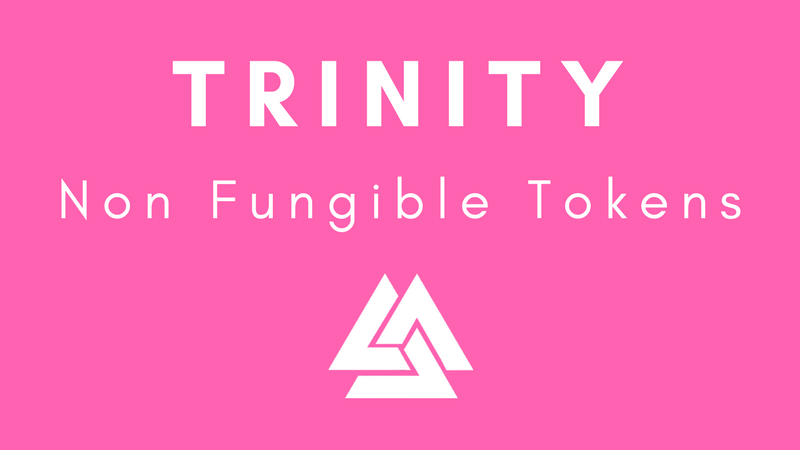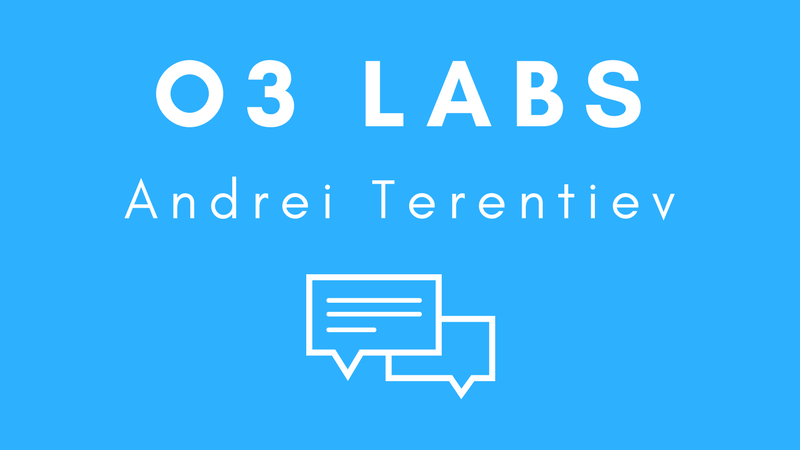
On March 16, 2018, David Li, the Founder of Trinity Protocol, gave a presentation at the final stop of the NEO APAC tour in South Korea, in which he discussed the development of a Non Fungible Token (NFT) standard. David also described NFT’s and their role in the NEO Smart Economy in a conversation with TheGobOne.
NEP-5 tokens are fungible tokens, which means one NEP-5 token equals one NEP-5 token – just as one dollar equals one dollar, or an ounce of gold equals an ounce of gold. For example, if person A was to lend Person B one dollar, it would not matter if they were repaid with that same dollar bill, or a different dollar bill – The value and property is the same.
A non fungible asset will be comprised of its own completely unique property that is indivisible. Examples of applications that use NFT’s include CryptoKitties, operated on the Ethereum blockchain, or the future release of HashPuppies, that will operate on the NEO blockchain. The total of a NFT will be no more than, or less than the sum of one.
Each NFT will have a different set of properties from other NFT’s, and can represent a completely separate underlying physical asset. Real world use cases for Non Fungible Tokens include real estate sale contracts, automobile ownership, music and art ownership, and other similar physical-ownership type assets. In Li’s vision, any asset can become tokenized, in which metadata will be embedded in the code of a token, to differentiate NFT’s and the properties they might represent.
Trinity is aiming to develop an NFT standard for the NEO blockchain, and is currently using the name NEP-10. However, a NEO Enhancement Proposal for an NFT standard has yet to be submitted for review, and other developers within the ecosystem are also believed to be working on a similar standard.
Trinity believes NFT’s will be a foundation for the future of blockchain and asset management. Such modern day use cases include in-game core assets, supply chain and their ‘bunches of data,’ or representation of other assets that are stored on the blockchain.
Li foresees an increase in NFT’s and the massive amount of computational power required to transfer large numbers of these assets. Trinity’s off-chain scaling solution might be a viable solution to handle the volume of NFT’s in the future as blockchain technology develops for real world use cases.
In the long term, legislation will need to recognize the authenticity of a NFT, and the underlying physical asset it represents. If a seller transfers a NFT to a buyer, legislation will need to validate and enforce a legal authority of the NFT asset that was exchanged between two individuals.
For more information about Trinity, visit their website, Twitter, GitHub, Telegram, Medium, or Reddit.







About The Author: Dylan Grabowski
Dylan is a reformed urban planner with a passion for covering the Neo ecosystem. His objective as a writer for Neo News Today is to report news in an objective, fact-based, non-sensational manner. When not behind a computer screen, he can be found in the mountains rock climbing. Find Dylan on Twitter (@GrabowskiDylan).
More posts by Dylan Grabowski